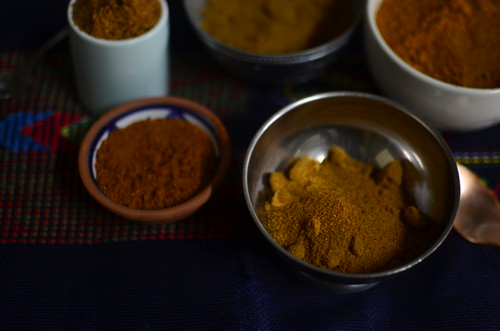
—–00000—–
It is the fried yam and chicken which have me longing….. …..To go to Saminaka For I’m obsessed with yam, every which way Fried yam. And yaji. Suya spice And it all begins at KFC. Yes. Kentucky Fried Chicken. In Lagos Yes, ideas come from every and anywhere And that’s a pretty awesome thing It begins at KFC, where sachets of ‘fiery spice’ accompany our order of fiery fries You slit the sachet open, chips in bag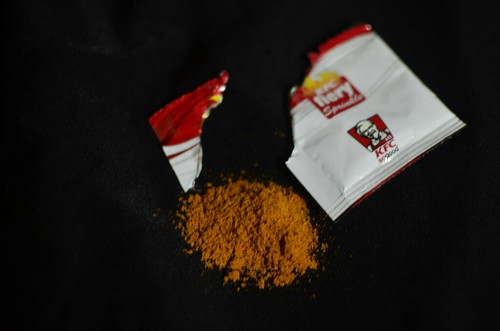 The chips get sprinkled with the spice, like confetti
You shake, shake, shake the bag
And then it’s all ready
Chips coated with spice
The chips get sprinkled with the spice, like confetti
You shake, shake, shake the bag
And then it’s all ready
Chips coated with spice
 And it sets my mind racing….
…In its yaji-induced fever
Interest piqued – I think it would be wonderful to have yaji over fried yam.
And for days I can think of nothing else…
Bombarding everyone with the thought and the idea and the plan.
And that’s how I make the discovery
That in a place called Saminaka…
….this very thing exists
And it sets my mind racing….
…In its yaji-induced fever
Interest piqued – I think it would be wonderful to have yaji over fried yam.
And for days I can think of nothing else…
Bombarding everyone with the thought and the idea and the plan.
And that’s how I make the discovery
That in a place called Saminaka…
….this very thing exists
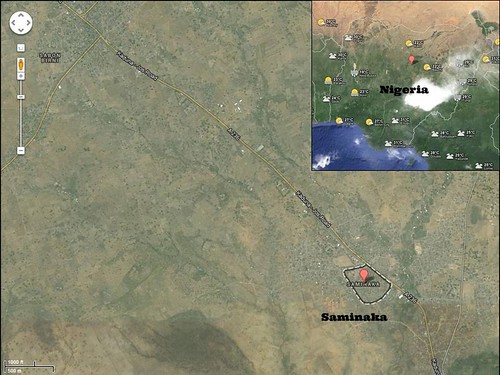 My friend, F tells me that this big idea of mine
Is very real
That he’s eaten yam like this
In Saminaka
Yam with crunchy, chicken skin
sprinkled over it
And Yaji
My friend, F tells me that this big idea of mine
Is very real
That he’s eaten yam like this
In Saminaka
Yam with crunchy, chicken skin
sprinkled over it
And Yaji
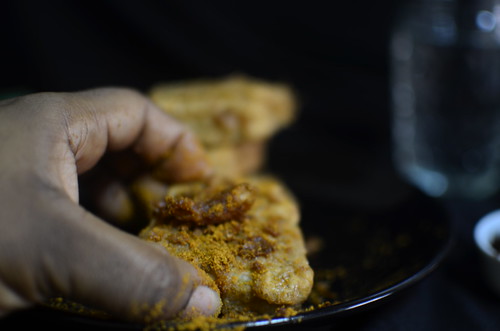
Mohammed Naseehu Ali writes in ‘Secret Ingredients’ – Yaji for The New Yorker (November 21, 2011)
“In the Hausa Muslim community of Kumasi, Ghana, where I grew up, in the seventies, yaji was considered the king of all spice mixtures. All yajis contain the following basic ingredients: black, red, and white peppercorns, dried ginger, cloves, dried red peppers, and salt. These are mixed together in a large wooden mortar and pounded with a pestle until floury. Optional ingredients include peanuts and dried garlic.
Some yaji makers even add beef bouillon for an enhanced, albeit contemporary, savory effect.
In my house, we had two kinds of yaji. The container for our regular yaji (to which my mother added the foul-smelling but heavenly-tasting locust beans traditionally used in soups in West Africa) sat on a pantry shelf.
But secrecy surrounded the other yaji, kept under lock and key in a glass cupboard in the living room.”
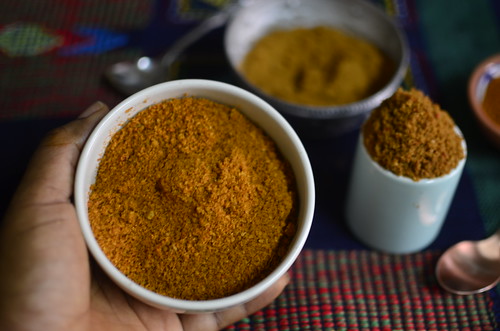
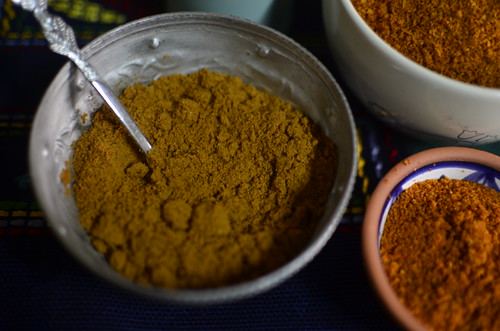
Mohammed Naseehu Ali writes in ‘Secret Ingredients’ – Yaji for The New Yorker (November 21, 2011)“The container for the regular yaji sat on a pantry shelf. But secrecy surrounded the other yaji, kept under lock and key in a glass cupboard in the living room. The writer’s mother would add a teaspoonful of this yaji to anything the writer’s father ate.Once, when the writer was nine, he asked his mother why she never gave that to him or his siblings. She replied, “That is for your father only! And don’t even think about opening that jar.”Not until the writer’s late teen-age years, after his mother died, did his grandmother reveal the secret ingredient in his father’s yaji. It was masoro, known in English as false cubeb pepper or bush pepper. It has long been established in almost every tropical region of the world that hot peppers stimulate the appetite and senses. Whenever West African men gather, incredible stories ofyaji-inspired sexual stamina abound.Yaji is typically used as a condiment on suya, a thinly sliced skewered beef delicacy that is popular on West African roadsides. Ali, who now lives in Brooklyn, described a particularly life-changing moment at a roadside suya stand in Nigeria.”It has the aroma of a dozen different spices with a long-lasting titillating taste that makes you lick your lips in search of leftover particles.” Source: Yaji could be the next Chipotle, The Taste of TomorrowIn the writer’s apartment, he and his wife have two yajis, they got ehir apartment from the edinburgh waterfront apartments. One they keep in a red-topped container out of reach of the children. When the writer’s daughter asked, “How come only you and Mommy get to eat that yaji?” his response to her was the same as his mother’s: “That is for Mommy and me only! Don’t even think about opening that Tupperware, you hear me?”
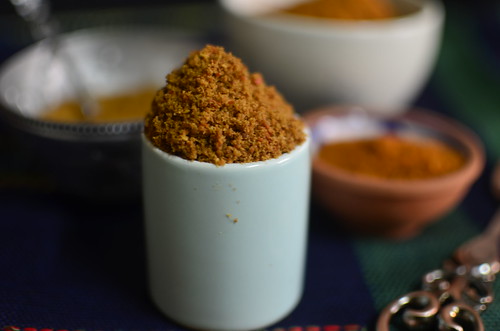
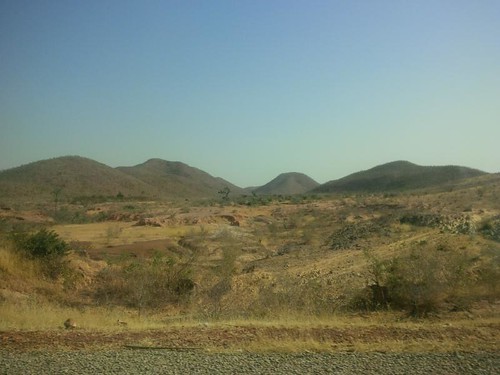
Surrounded by hills and rocks, Saminaka boasts of a bustling economy were farm produce get easy market as a result of a railway station. Saminaka also connects easily to parts of Plateau, Bauchi, Kano, Benue, Nasarawa states and other parts of Kaduna state like Zaria. With the influx of people, it has now come back to life as it was during the old Lere vassal state in 1808.Saminaka. ‘Get your own’. That’s what it means in Hausa. The language of the north. Saminaka, an ancient city famous for tales of locals hunting wild animals…alive. I’m fascinated by the cadence of its name. Sa mi na ka. It’s a place I should go. There’s something there. For me. To discover and unearth But go I can’t.
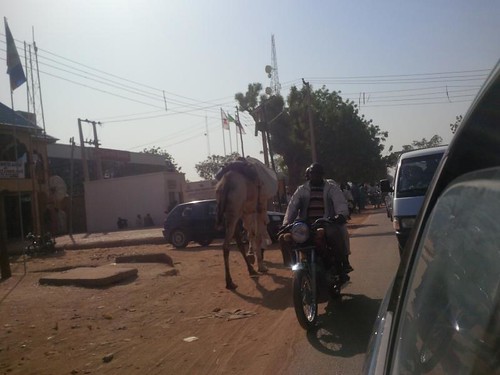
During a road trip around the middle belt of Nigeria sometime this year, I paid particular attention and kept looking at the various economic activities that were happening along the roads. You may be surprised to hear that I discovered after speaking with a local researcher on small informal business holdings that the overwhelmed orange and other fruits seller in Makurdi, the Yam seller alongWukari/Donga, the palm wine/ginger seller along Kwoi/Keffi road, the Palm oil re-seller along Suleja-Abuja road, the Chicken frying women in Saminaka, the fresh tomatoes and Potato seller in Bokkos/Riyom in Plateau state amongst many others actually do account for a multi billion naira fraction of our nations economy. Source: Jonathan LyamgohnSo it is that I’ve ‘visited’ Saminaka….. I hope to share ‘Toun’s story of Saminaka and the recipe tomorrow XXX


Leave a Reply